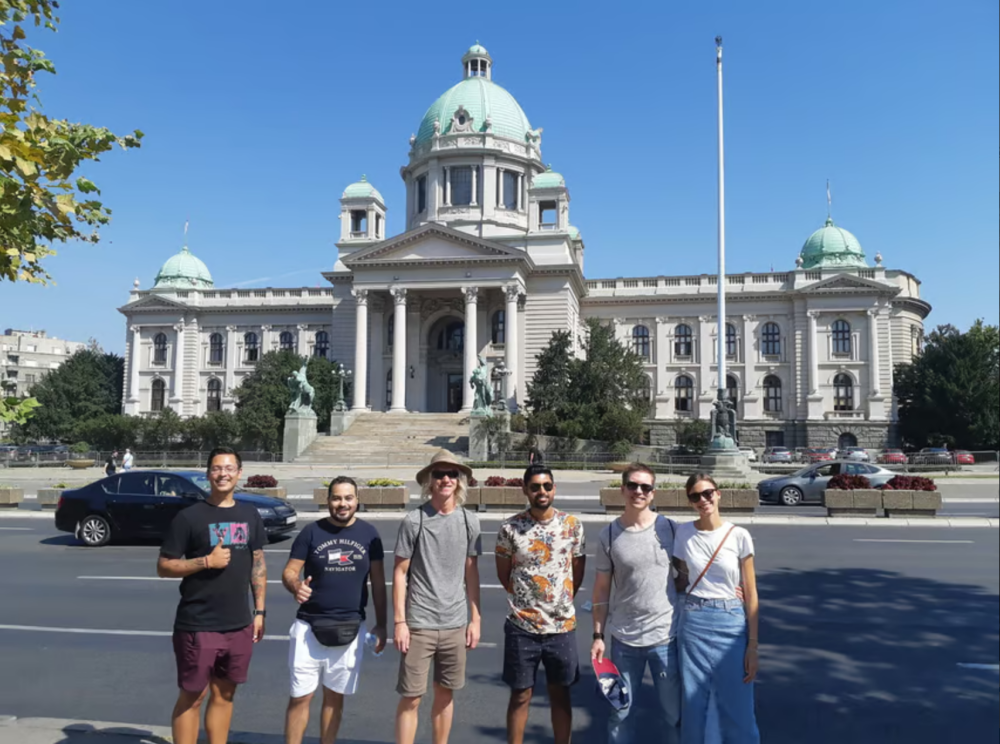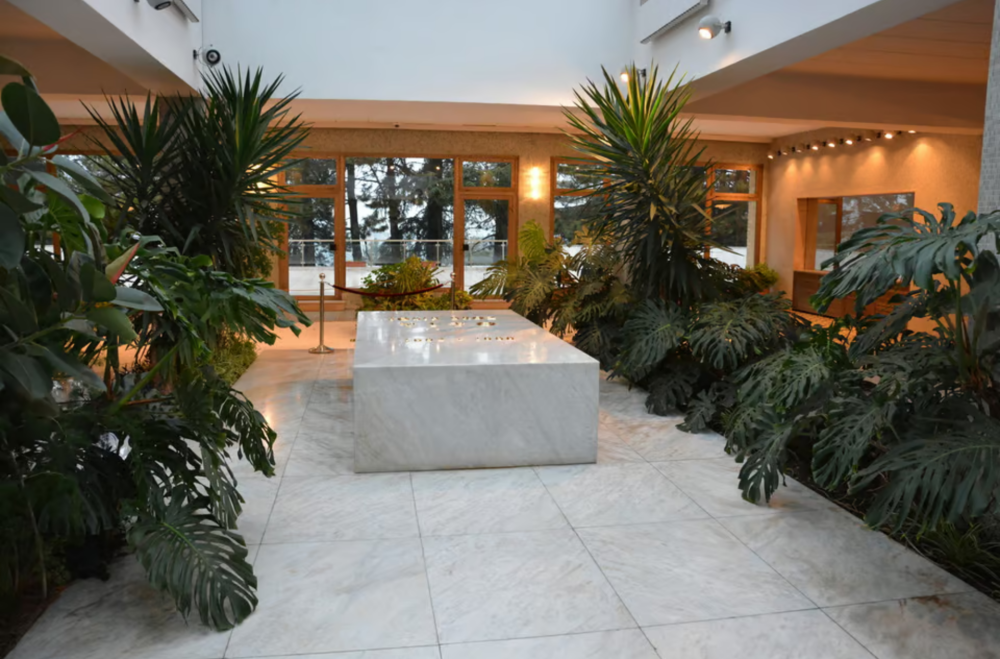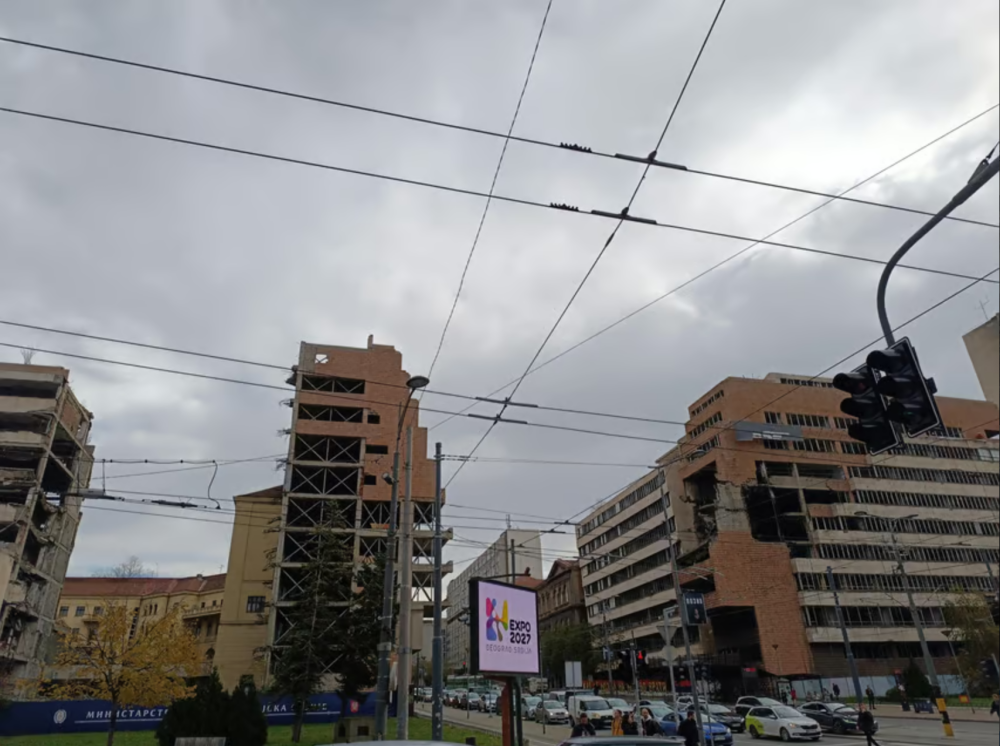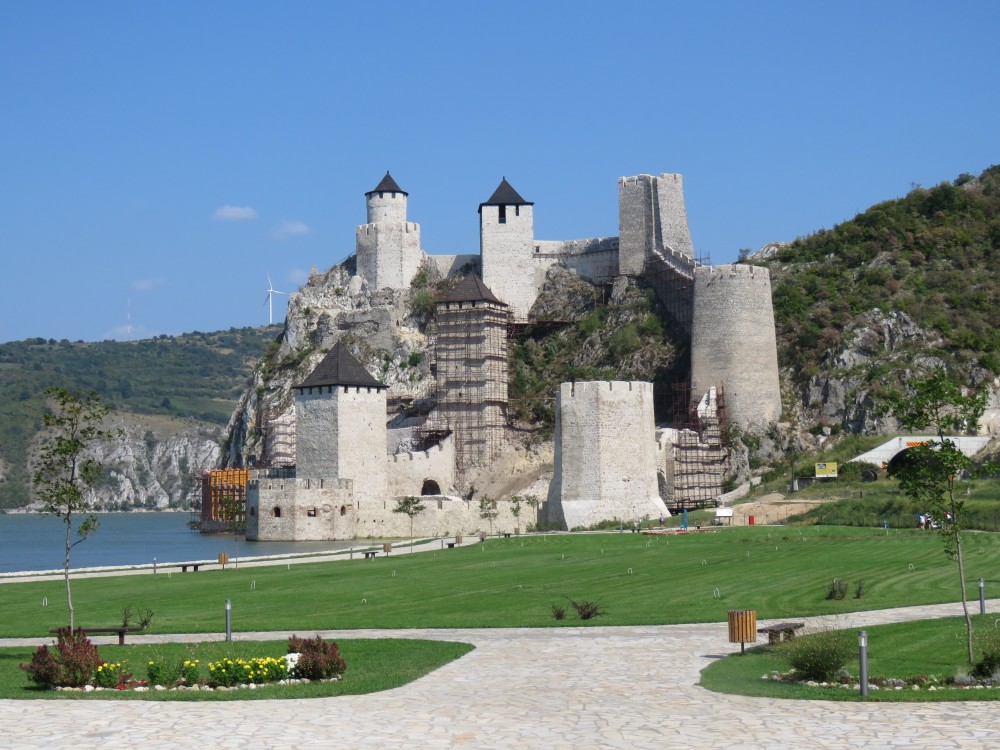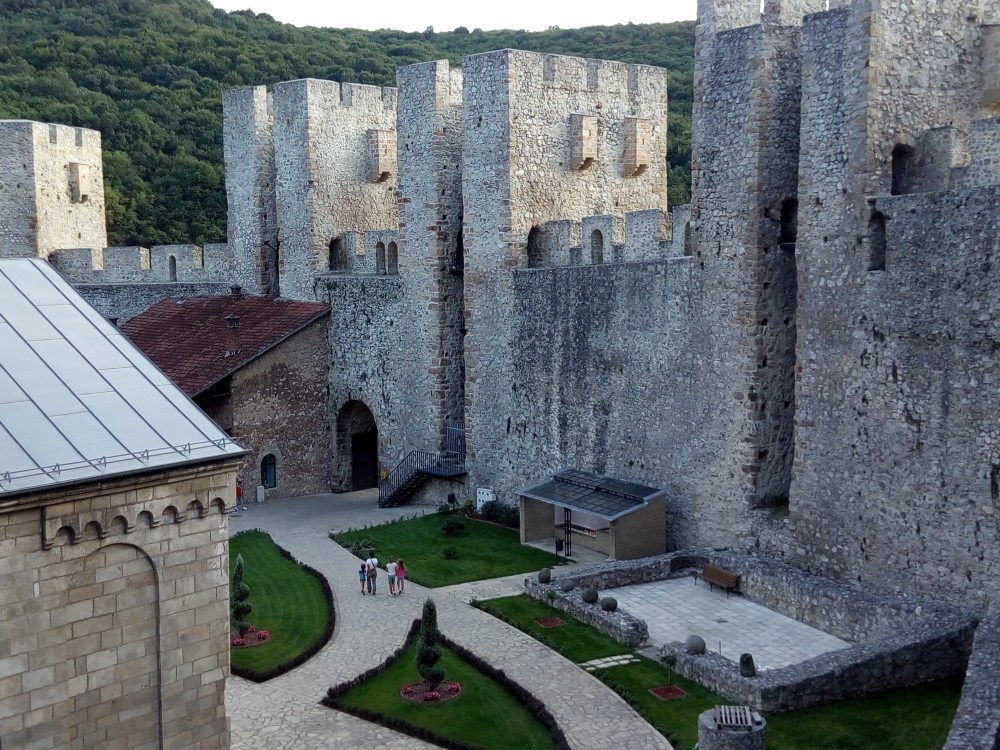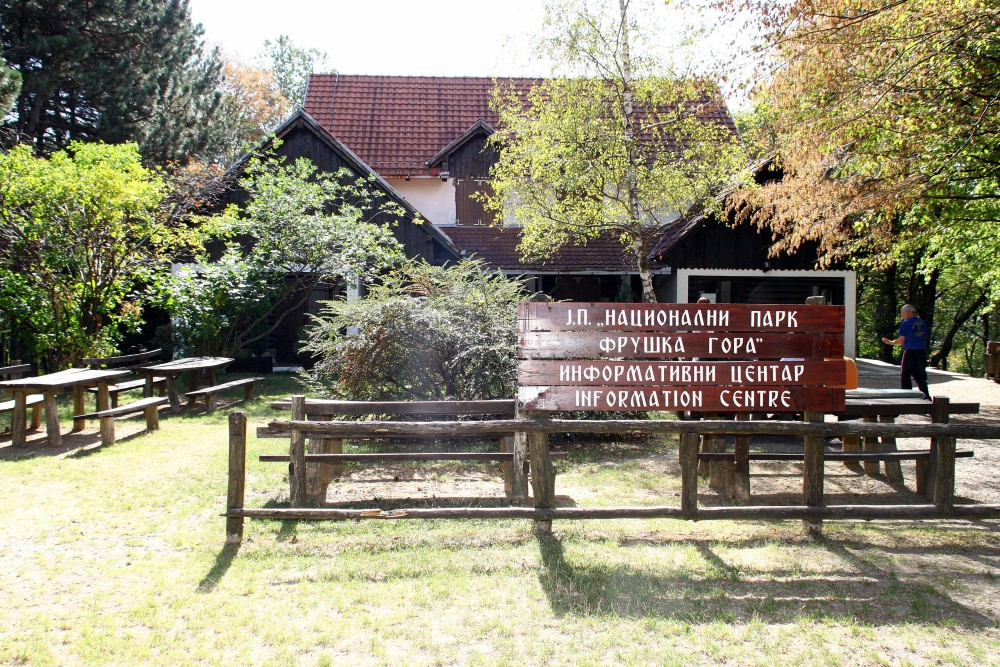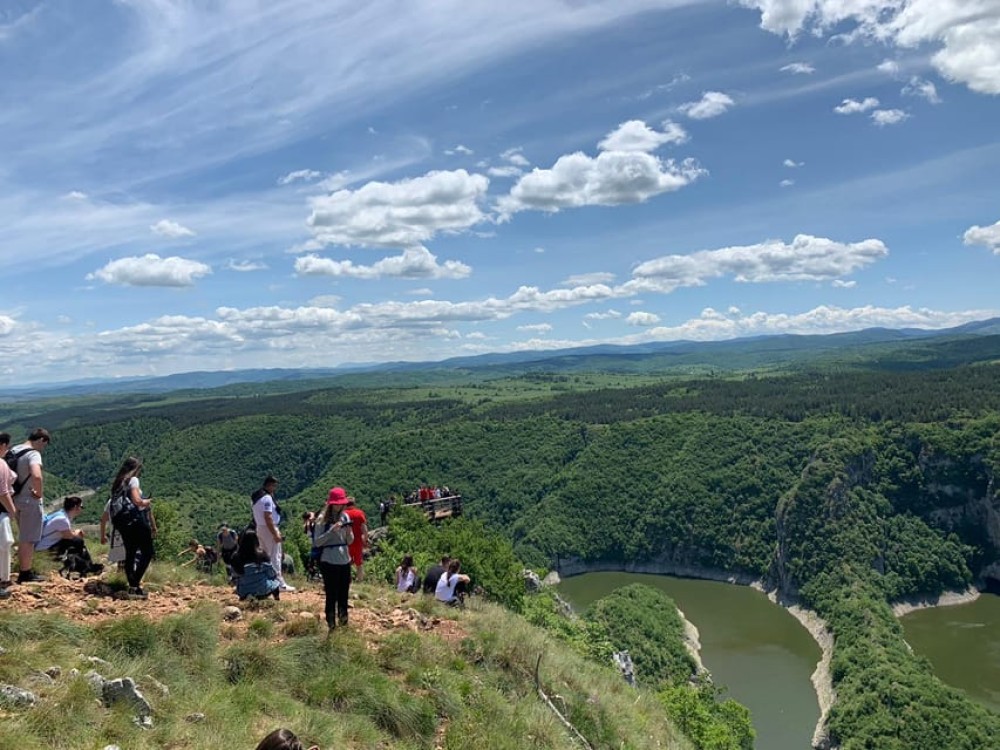Belgrade: Yugoslavia Communist tour
Explore the history of Yugoslavia, from World War II and Tito’s rule to the NATO bombing and the fall of Communism, visiting key sites like the Museum of Yugoslavia.
Overview
Step into the history of Yugoslavia and uncover its rise and fall, from World War II to its dissolution in the 1990s. Learn about Josip Broz Tito, the country’s leader for over four decades, and his influence on the Non-Aligned Movement. This tour provides insight into life under the Communist regime, its ideology, and the struggles that shaped the Balkans.
One of the highlights of the tour is a visit to the Museum of Yugoslavia, where the legacy of Tito is preserved. This museum houses artifacts, photographs, and personal belongings of Yugoslavia’s lifetime president. The tour also covers the House of Flowers, Tito’s final resting place, offering a deeper look into his rule and influence.
As you explore Belgrade, you will see the remnants of NATO bombings from 1999, still visible in certain parts of the city. These sites serve as reminders of the conflicts of the 1990s, including the wars that led to the breakup of Yugoslavia. You will learn about the effects of Western interventions and how the region recovered from the destruction.
This tour is a perfect opportunity to understand the daily life under Communism, from its strict governance to its socialist ideals. See how architecture, public transport, and propaganda reflected the values of the Yugoslav regime. Discover the role of the Youth Relay Baton, a unique tradition symbolizing unity and Tito’s leadership.
By the end of the tour, you will have a comprehensive understanding of Yugoslavia’s history, its challenges, and its transformation into modern Serbia. Whether you are a history enthusiast or simply curious about the past, this tour offers a fascinating insight into one of Europe’s most complex and intriguing periods.
Select date, participants and language
Excursion Itinerary
Duration: 10 Minutes
Prince Mihailo Monument is a famous equestrian statue in Belgrade, honoring the Serbian prince who played a key role in liberating Serbian cities from Ottoman rule.
Duration: 20 Minutes
Nikola Pašić Square is a central plaza in Belgrade, named after the Serbian politician, featuring a large fountain and surrounded by important government buildings.
Duration: 10 Minutes
The National Assembly of the Republic of Serbia is the country's parliament building, known for its grand architecture and role in Serbian political history.
Duration: 15 Minutes
Kneza Miloša Street is one of Belgrade's main avenues, home to government buildings, embassies, and historical sites, including remnants of the 1999 NATO bombing.
Duration: 10 Minutes
Kneza Miloša Street is a historic Belgrade boulevard with embassies, government buildings, and NATO bombing remnants.
Duration: 1 Hour
The Museum of Yugoslavia is a cultural and historical museum in Belgrade, showcasing artifacts from Yugoslavia’s past and housing the tomb of former president Josip Broz Tito.
For reference only. Itineraries are subject to change.
Highlights
- ● Explore the rise and fall of Yugoslavia and its Communist past.
- ● Visit the Museum of Yugoslavia, home to Tito’s final resting place.
- ● See the remains of the 1999 NATO bombing in Belgrade.
- ● Learn about Tito, the Non-Aligned Movement, and Yugoslav history.
- ● Discover daily life under the Communist regime and its ideology.
What's Included and What's Not?
Included
- Professional tour guide
- Entry tickets to Museum of Yugoslavia
- Tickets for public transportation
Not Included
- Gratuities
Not Suitable For This Activities
- ●People with mobility impairments
Not Allowed This Activities
- ●Alcohol and drugs
Important Information
What to Bring
Information Before Booking
- ●This tour includes walking and public transportation.
- ●The Museum of Yugoslavia entry ticket is included.
- ●Some sites may have limited access due to renovations.
- ●The tour is available in English and Serbian.
Know Before You Go
- ●This experience requires good weather. If it’s canceled due to poor weather, you’ll be offered a different date or a full refund.
- ●Gratuities are not included in the tour price.
- ●Photography is allowed, but some areas may have restrictions.
- ●Public transport tickets provided are valid only during the tour.
Copyright © 2025 All Rights Reserved



